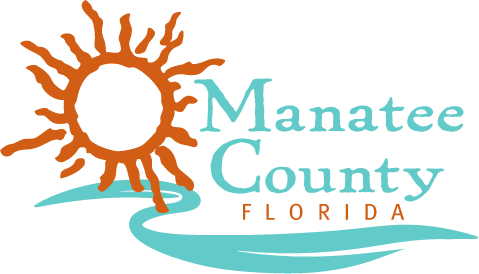What is Reclaimed Water?
Use of reclaimed water is taking what we once considered to be wastewater, giving it a high degree of treatment, and using the resulting high-quality reclaimed water for a new, beneficial use. Cleaning or removing impurities from wastewater is like washing dishes after a meal. We don't throw away the dishes every time we use them. Extensive treatment and disinfection by the wastewater treatment plant ensure that public health and environmental quality are protected. A multi-stage treatment process eliminates pathogens (solids, organics, and viruses), but the reclaimed water still retains nitrogen, phosphorus, and other nutrients that work as fertilizers to enhance ornamental plant and turf grass growth. This process produces water ideal for lawn sprinkling and other irrigation purposes, but not suitable for human or animal consumption.
Saving Fresh Water
Water studies reveal that in many communities, up to 50 percent of the scarce drinking water that flows through water meters each month is used to maintain landscape and turf grass. This trend can be reversed in Manatee County since much of the demand for irrigation can be met with reclaimed water, thus helping to save precious potable water supplies. In addition to residential irrigation use, many golf courses and farms throughout the country use reclaimed water, saving even more potable water.
M.A.R.S. - Manatee Agricultural Reuse System
The MARS system, which was activated in 2006, is a strategy to reduce aquifer withdrawals and increase the drinking water supply by providing alternative water sources for irrigation. The overuse of groundwater in one of the most stressed aquifer recharge areas in the state of Florida, the Southern Water Use Caution Area (SWUCA), has made finding alternative sources of water critical.
Manatee County operates three water reclamation facilities (WRF). All three of the WRFs depend upon irrigation with reclaimed water to use the treated water. Before MARS, each facility operated independently. If one facility had surplus reclaimed water and another facility had excessive demand, the County had no mechanism to move the surplus to the area of need.
To implement MARS, the County has constructed a pipeline connecting the three WRFs, giving the County the ability to redirect surplus reclaimed water along the pipeline to areas where water is needed. The County has received grant funding of over $25 million from the EPA and SWFWMD for construction of the MARS pumping and transmission facilities. The total construction costs amount to approximately $50 million.
Supporting the water needs of our community while maintaining the health and quantities of our fresh water supply is a balance that can be achieved by valuing our reclaimed water as a sustaining alternative water resource that can serve water demands for activities that would otherwise compete for the same resources.
If you have questions about reclaimed water or want to know if it’s available in your area, send an email to [email protected]. Please remember to include your name and address for a prompt response!
